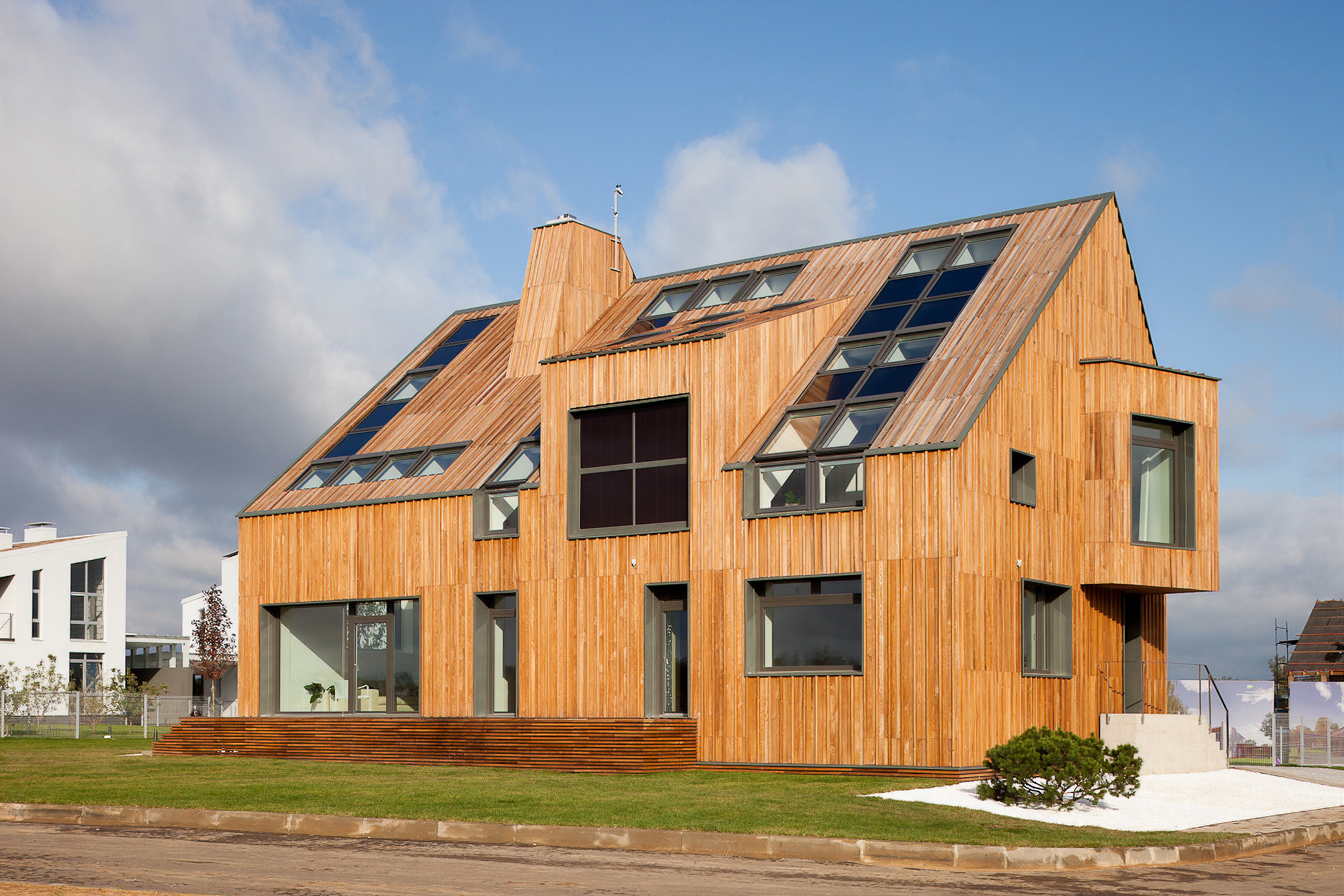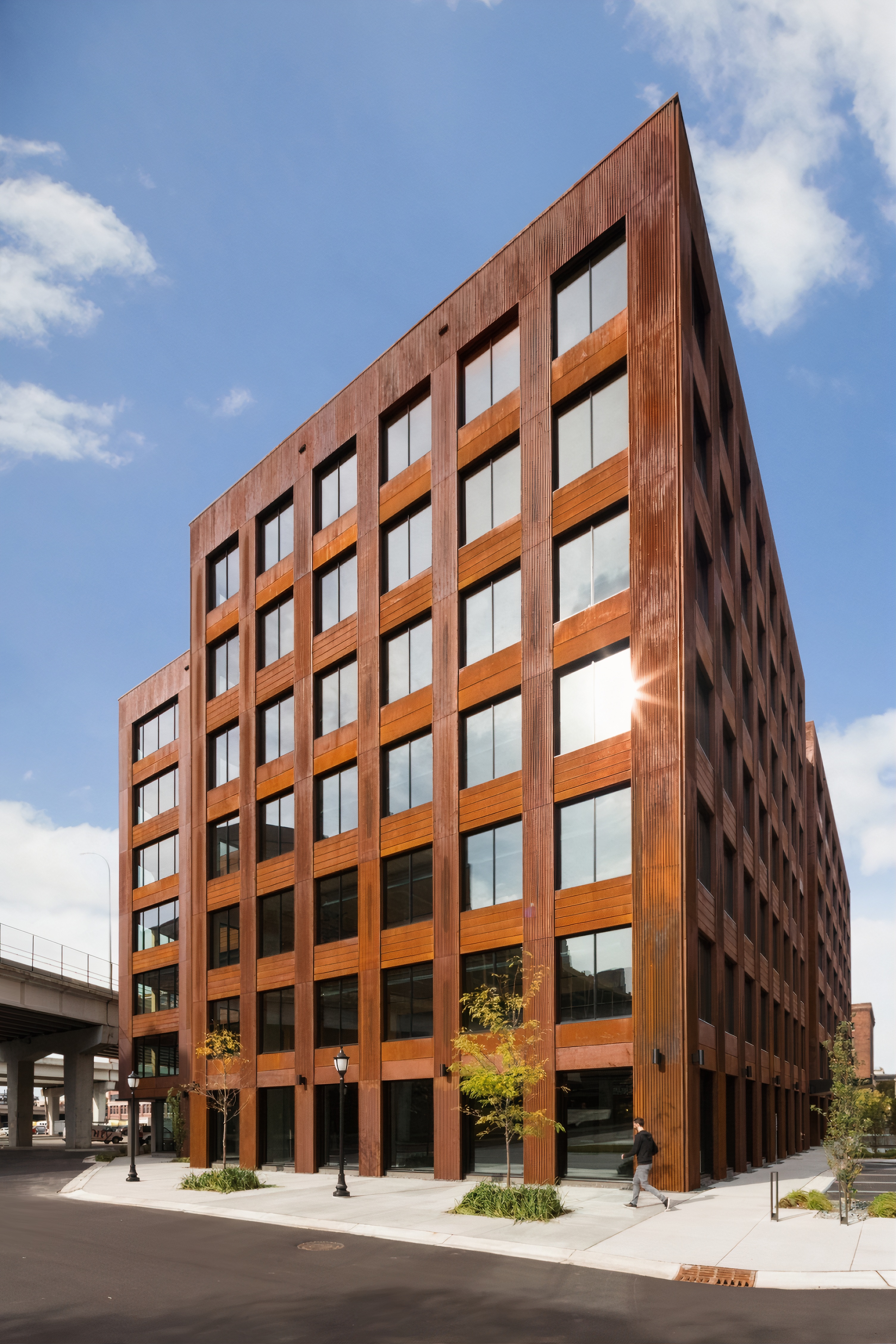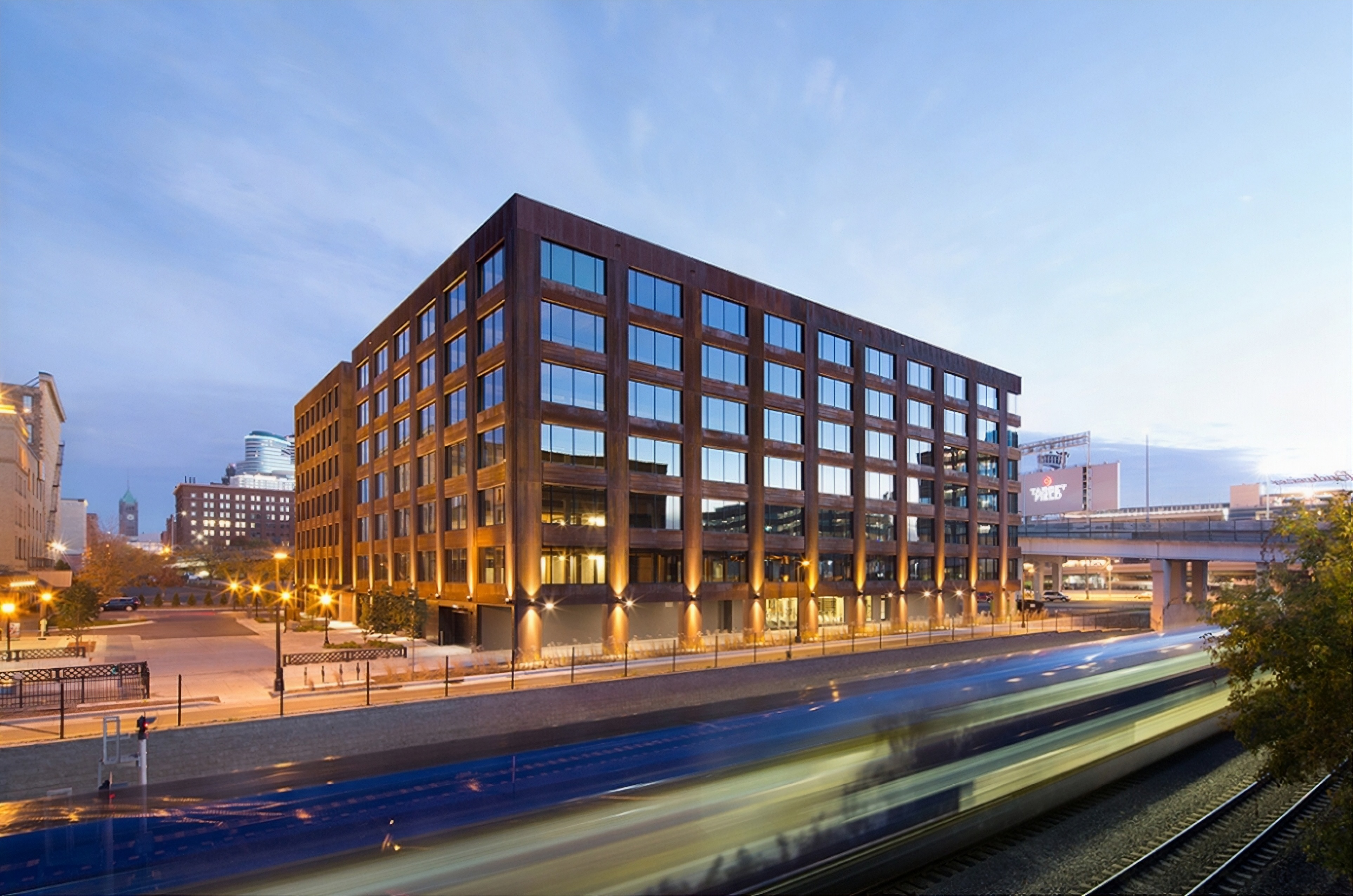Photo: UNDP Uzbekistan
Climate change and carbon footprint reduction are some of the most pressing topics today, and not only among experts. There are different ways to combat these global issues at the level of the individuals and the states. One of the solutions is to improve houses and building's infrastructure.
The International Energy Agency experts claim that by 2050 the widespread adoption of energy-efficient building technology will help reduce carbon dioxide emissions by approximately 2 billion metric tons. For example, the European Union, where buildings consume about 40% of all energy, advocates that starting in 2020, all new buildings produce their own energy.
There are several types of energy-efficient buildings and houses that are already successfully functioning across the world.

(An example of active house)
A building with a positive energy balance independently produces more than enough energy for its own needs. Such a house consumes only 10-12 kWh / m2 per year, while a regular house spends around - 200-240 kWh / m2. An active house generates so much energy that it can transfer the accumulated surplus back to the central network - up to 1,500 kWh / per year, and thus becomes a source of income, not expenses. The accumulated electricity can be spent, for example, on charging electric cars that are gaining popularity. This efficiency is achieved through the use of special technologies: natural energy, thermal insulation, climate control, heating control system, heat pumps, “smart house” system. In general, the construction combines the features of a passive house, which does not need heating or requires little energy, and a “smart house” equipped with high-tech devices.

(An example of passive house)
Passive house. Such constructions are often called "eco-houses." The main feature is low energy consumption due to the use of passive methods of energy conservation. Passive houses usually are built using frame technology, which saves 80% of energy. For example, in Finland, under such projects, about 95% of all low-rise buildings are being built. The high popularity of the construction of a passive house using this technology is due to the speed, cost, and energy efficiency of the solution.
A passive house should be an independent power system that does not require any costs to maintain a comfortable temperature. Heating a passive house should be due to the heat generated by people and household appliances. In case of need for additional "active" heating, alternative energy sources might be installed. Hot water can also be supplied through renewable energy installations, such as a heat pump or solar water heater.
It should be highlighted that those buildings that can hold or absorb carbon dioxide. Which material required to build such a building? The solution is simple-it can be built from already available materials like wood. It is important to note here that building timber is grown on special plantations and not taken from natural forests, which also prevents the reduction of forest area.
In 2016, a new seven-story building - T3, almost completely built of wood, opened in Minneapolis. It was the largest wooden building in North America and the first built in the United States in more than 100 years.
The building was built in 2.5 months using 3,600 cubic meters of special transverse glued wood (CLT), which will absorb about 3,200 tons of carbon over the entire life of the building. The panels of such wood are strong enough for building skyscrapers. Another of the bright example of wooden skyscrapers is the 85.4-meter-high Mjøstårnet building in Norway.

It's predicted by the UN that 68% of the population of the world will live in cities by 2050, which will require the construction of about 2 billion new homes in the next 80 years. The construction industry accounts for nearly 40% of energy-related CO2 emissions worldwide. There is also a Global movement promoting wood as a building material that not only looks beautiful but can also help reduce the human impact on the environment. Thus, many architects believe that wood is a unique solution to the problem of the carbon footprint of the construction industry, and offer to build entire cities out of wood. It is possible that with a more detailed study of all prospects, in the near future, wood will displace other building materials, and cities with "wooden jungle" will appear in the world.
At present Uzbekistan is also actively taking steps to develop energy-efficient housing, several projects are launching in rural areas. The government of Uzbekistan supports and encourages projects aimed to the creation of eco-friendly constructions, as proofs can serve the Decree of the President of Uzbekistan No. 5577 dated November 14, 2018, “From January 1, 2020, housing construction projects must be equipped with energy-efficient and energy-saving building materials.”

Our joint project called “Market Transformation for Sustainable Rural Housing in Uzbekistan” also provides an active contribution in the development of the construction of energy-efficient houses in Uzbekistan. In 2019, in 12 regions of the country, special business trainings were held for bank representatives on the benefits of a “green mortgage”. As a result, assistance was provided in the construction of 800 one-story 3-bedroom energy-efficient and low-carbon houses in the Ferghana, Samarkand, Bukhara, Surkhandarya and Khorezm regions, 3,200 people were able to access the "green mortgage". In 2020, the joint project will continue to work in the construction of energy-efficient and low-carbon rural housing in another 5 regions of the country.

 Locations
Locations



